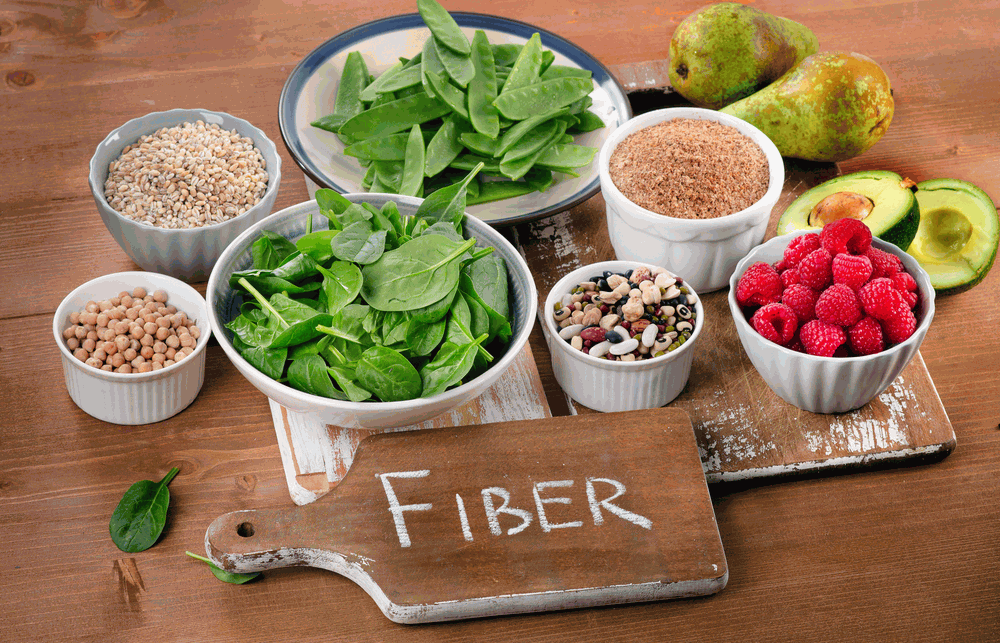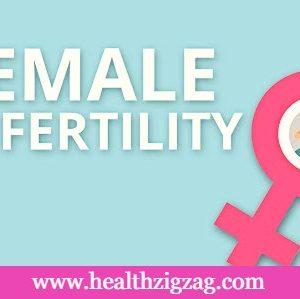
Contents
At the same time that we include in our diet foods that provide fiber, we must increase water consumption in order to favor its correct purification.
The daily consumption of foods that provide fiber is one of the essential habits to maintain the well-being of the organism.
This important nutrient passes intact through the stomach. Thanks to this facilitate the removal of waste from the body.
The World Health Organization (WHO) states that every person should consume, on average, about 25 grams of fiber a day. This is not only to guarantee an optimal digestive process but to improve hydration and prevent diabetes.
There are two types of fiber: the soluble and the insoluble. Its ideal ratio is three parts of insoluble fiber for each part of soluble fiber.
In general, it is easy to absorb both varieties with the abundant consumption of fruits, vegetables, and whole grains. What foods can be found? Here we share the 8 main foods that provide fiber.
Read Also: List of 21 High Fiber Foods – You Must Eat
Foods that provide fiber
Wheat bran
The bran is the outermost layer of wheat. It is one of the most suggested sources of fiber since each 100-gram portion offers up to 40 grams of fiber.
In many food stores, it can be purchased in powder, in small bags. Its consumption can be facilitated by adding it in plain yogurt, smoothies or a mixture of fruits.
It contains gluten and is not suitable for coeliacs.
Chia seeds
One of the reasons why regular consumption of chia seeds is recommended is because of its significant contribution to dietary fiber.
It contains up to 35 grams per 100-gram serving and is a satiating, gentle food for digestion.
A very versatile food that you can eat several times a day. Some add them to bread, or fruit smoothies or vegetable milk.
Flax seeds
Flax seeds became popular for their slimming properties. Although they are not a “fat-burning” food. Their high contribution of dietary fiber is ideal for those who want to lose kilos healthily.
A 100-gram serving provides about 27 grams of fiber. Thus, after ingesting them, it improves the digestive process, cholesterol, and circulation.
Ideally, soak the seeds before consumption. You can add them in plain yogurt, green smoothies, or warm water with lemon.
Green vegetables
Green leafy vegetables have been protagonists of healthy eating plans due to their interesting properties.
Not only do they suppose a significant source of minerals and antioxidants; They also contain soluble and insoluble fiber and water.
To maximize its fiber content, Healthzigzag recommends the consumption of raw vegetables. You can mix them into salads or smoothies.
Read Also: 10 Proven health benefits of eating spinach
Legumes
Legumes have many benefits for the body. Its complex carbohydrates provide an energy boost and help maintain active metabolism.
On the other hand, thanks to its high contribution to dietary fiber. Between 11% and 25%, they are ideal for stimulating digestion and lowering cholesterol levels.
Among the most recommended are lentils, peas, beans.
Nuts
The moderate consumption of nuts is an excellent complement to any meal plan. These have large doses of dietary fiber and fatty acids that benefit cardiovascular and digestive health.
Read Also: why are omega-3 fatty acids important – why do we need omega-3
The most recommended are almonds, which are composed of 12% fiber. They are followed by nuts that contain up to 9%.
You can eat this food on its own, or, accompany by yogurt, fruit smoothies or oatmeal.
Fruits
Fruits are foods that provide fiber in healthy diets. They are a major source of vitamins and minerals. They provide significant doses of both soluble and insoluble dietary fiber.
The most recommended are:
- Strawberries
- Coconut
- Figs
- Apples
- Pears
- Oranges
- Grapefruits
Note: It is important to keep in mind that in many fruits the fiber is concentrated in its shell. Therefore, it is convenient to wash them well to eat them without peeling.
Bread and whole wheat pasta
Wholemeal bread and pasta provide a greater amount of fiber in the diet than refined presentations. Those made with white flour are not advised since their nutritional contribution is minimal.
A serving of 100 grams of whole wheat bread can provide up to 5.6 grams of fiber. Pasta made with whole wheat provides up to 3.7 grams.
Due to its influence of carbohydrates, we suggest its intake during the period of activity of the organism, that is, at breakfast or lunch.
To absorb the amount of fiber required by the body is not necessary to buy supplements. It is enough to ensure the consumption of the foods that provide fiber mentioned, in fair portions, several times a day.




